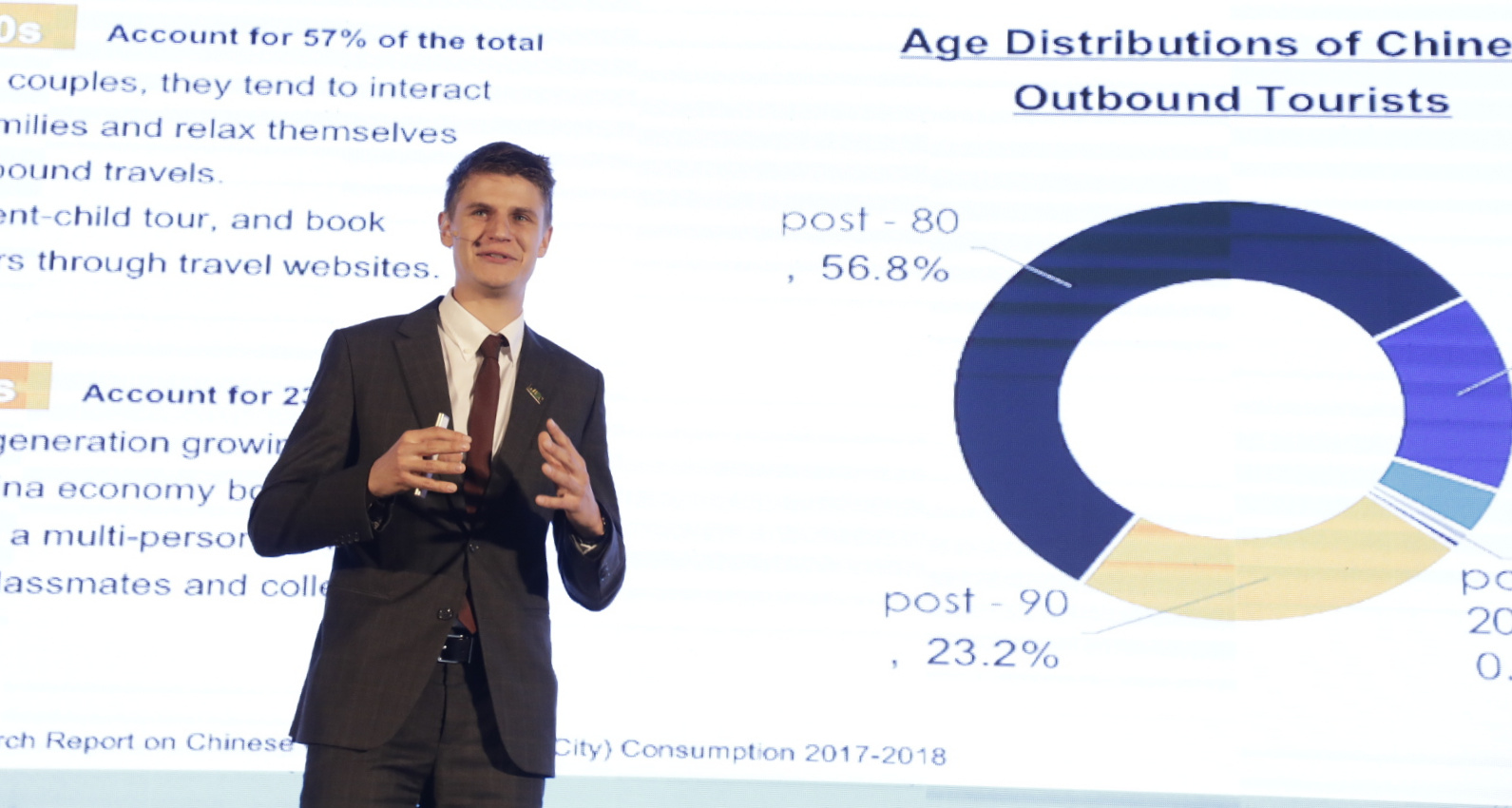Kerala needs to adopt new methods to woo new class of Chinese tourists

China’s emerging class of young, educated and resource-rich travel lovers are passionate about visiting countries, especially in East and South Asia, but India is yet to figure in their list of top eight destinations, an international conclave was told here today.
Kerala, as one of India’s leading tourist destinations, must strive to latch on this new trend of graduates from China below 35 years of age touring abroad mostly with families, Beijing-based Richard Matuzevich of the World Tourism Cities Federation told the International Conference on Tourism Technology (ICTT).
The third edition of the two-day ICTT, being organised by the Association of Tourism Trade Organisations, India (ATTOI) in collaboration with the Kerala government’s Department of Tourism, began at Le Meridien Hotel on Thursday.
At the opening session titled ‘How to do Social Media Tourism Promotion to get Chinese Tourists?’, Matuzevich noted that the world’s most populous country today has its financially well-off segment keen to show their peers that “we have been there, done this and that.” With a monthly income ranging between 2,400 and 3,400 US dollars, a chunk of them can speak foreign languages as well, he added.
Addressing the delegates comprising tour operators, hoteliers, owners of resorts and homestays, SEO (search engine optimization) companies, software firms, social media marketing companies and bloggers, he said the average time such Chinese tourists spent on a visit abroad was nine to 10 days in a country.
As for social media, China has popular tools such as Weibo (microblogging website), Wechat (multipurpose messaging app equivalent to WhatsApp), DouYin (similar to TikTok), Little red book (a platform facilitating review of products including those on tourism), Bilibili (video-sharing facility akin to YouTube) and Meipai (short video platform), according to the speaker who learned Chinese language in Tsinghua University before graduating from University of International Business and Economics in 2013.
Matuzevich recalled a 2013 incident from when no less than 65,000 Chinese tourists keep flocking a lavender farm in New Zealand’s Tasmania every year after compatriot model Zhang Xinyu posted on social media an image of hers with a doll of that colour where it is manufactured.
The speaker noted that India, particularly Kerala, offered enormous opportunities for such methods to woo Chinese tourists.
The 45-minute talk was followed by a question-answer session. ICTT 2019 comes in the backdrop of increased travel by the people of China across the globe, said ATTOI convener P.K. Anish Kumar. “From what was 13.1 crores in 2017, the projected figure of Chinese tourists abroad is 20 crores next year,” he noted about their annual rise of around 20 per cent.
The two-day event seeks to bring various stakeholders of travel and tourism on to a single platform. They include owners of hotels and resorts, online tourism marketing managers and tour operators.
The conclave seeks to inspire the first category form fresh client associations with tour operators and improve policies to use technology for growing business, while enabling the marketing managers to form tourism marketing undertakings into new markets.
As for the tour operators, ICTT 2019 can help magnify tour operator business with modern technology and build partnership with main hotels and resorts around the highlighted tourism terminuses, according to event convener Anish Kumar P K.
The inaugural ICTT was held in 2013, followed by a second edition in 2017 — all with idea of meeting the demand and supply of changing business situations even as the tourism community is comprehensively reliant on expertise and modernisation.
The conferences focus on preparing the travel and tourism industrialists in India and neighbouring countries by getting feedback in acclimatizing to the varying technology, obtaining skills in surviving/winning over competitors, comprehending the significance of web marketing and the use of the resources accessible online to run business.






